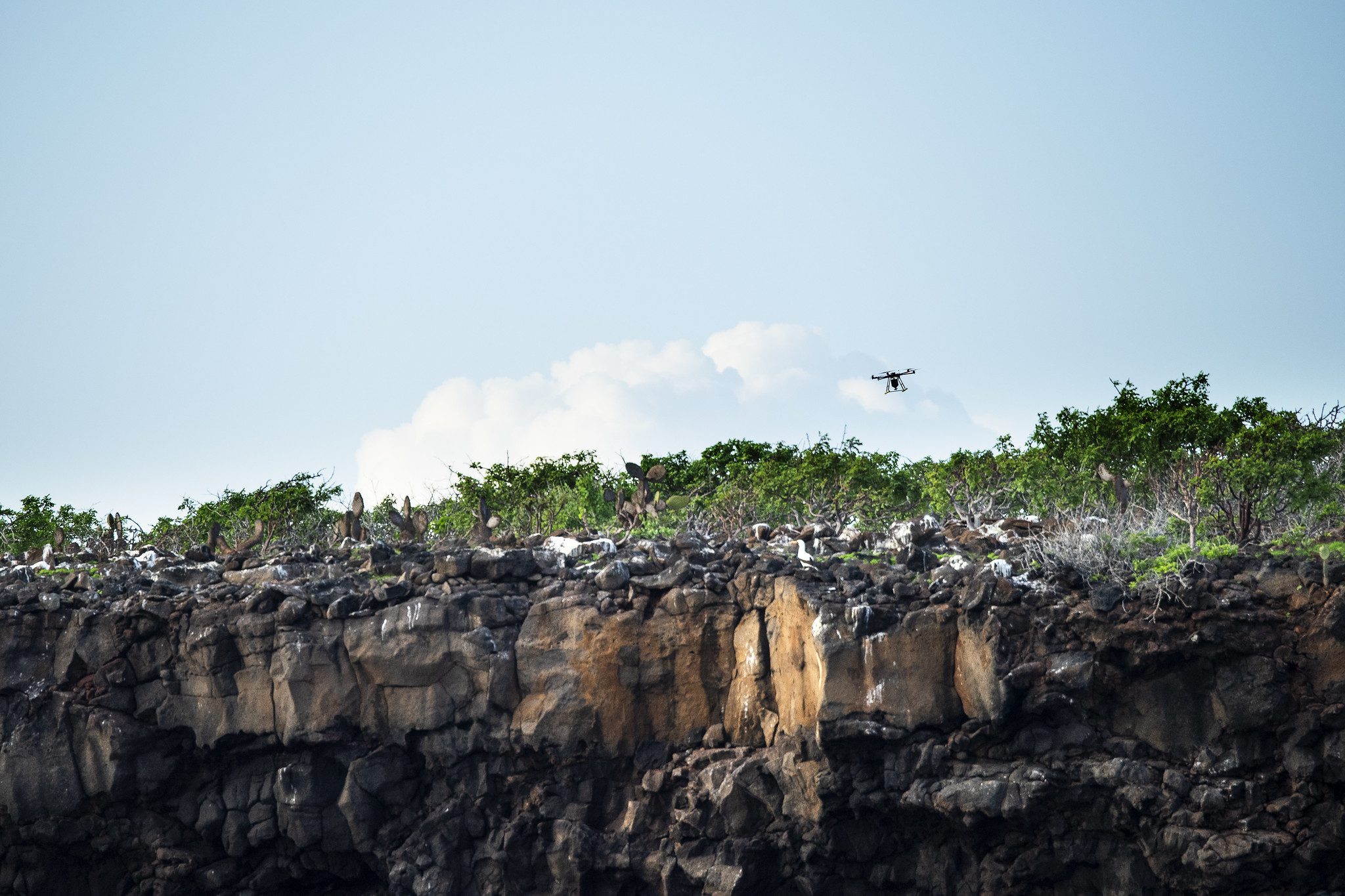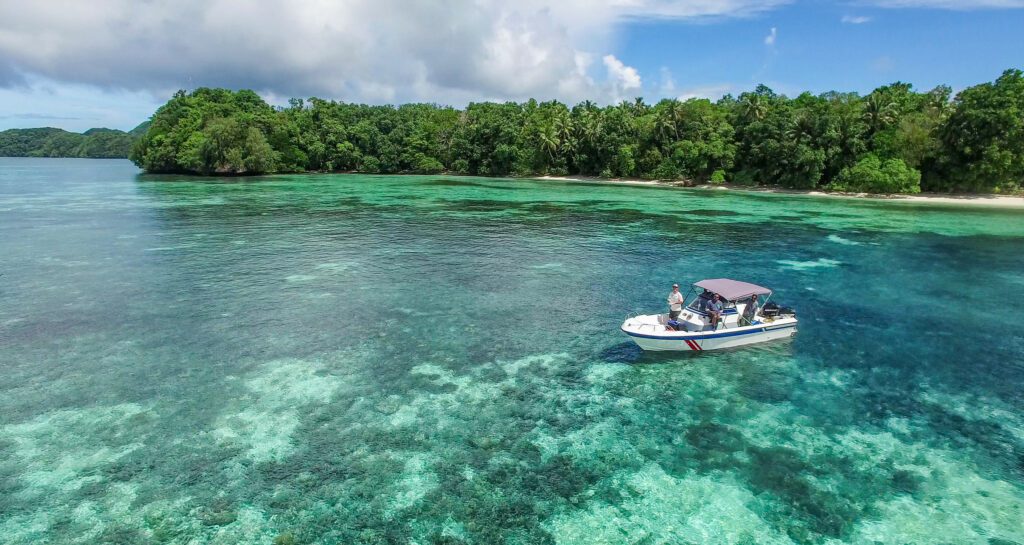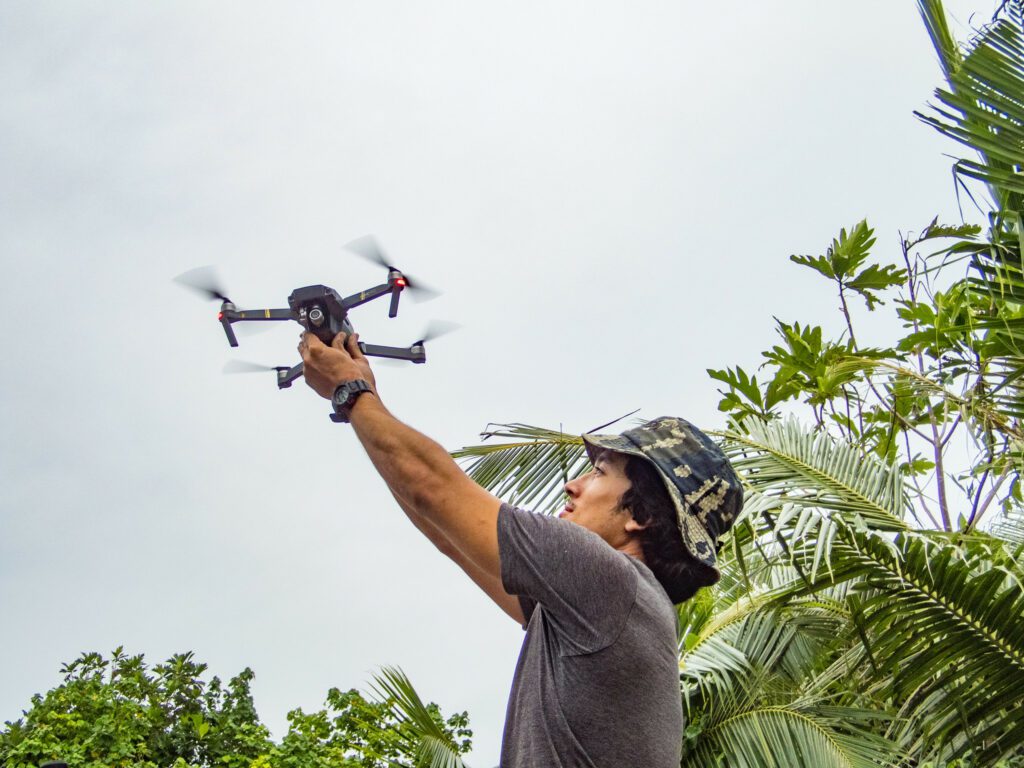
Insights
Protecting our islands with conservation technology
Scattered across our planet, Earth’s islands are discrete hotspots of biodiversity. While their isolated nature provides fertile grounds for biodiversity to thrive, islands can also leave native plants and wildlife vulnerable – particularly when invasive species enter the picture.
Embracing innovative technology
That’s why bodies such as Island Conservation work towards removing invasive species from islands around the globe and boost biosecurity. Technology has become central to their mission in order to reduce costs, drive efficiency and increase the safety of staff.
“We have gone through a couple of different horizon-scanning exercises to look at all the different technologies that are out there, what the biggest pinch points for island restoration programme lifecycles are, and where we can have the biggest bang for our buck,” says David Will, conservation innovation manager.
“Drones have become central to that,” Will says, “for their utility in a variety of methods from remote camera monitoring of invasive species, to the aerial dispersal of toxicants and ability to quickly retrieve data in remote locations.”

Drones are lending a helping hand
Initially posited as a tool to help deter birds from an island in order to protect them, Will says drones are, “one of the most disruptive and immediate term technologies that we can use to really reduce the cost of our projects.”
Previously, the distribution of bait for and monitoring of invasive species was done on foot or – at great expense – by helicopter. Now, drones are making it easier, cheaper and quicker to conduct vital activities.
To prove the point, drones were deployed in 2019, to spread bait across parts of the Galapagos Islands that were threatened by a fresh incursion of rats. Working with a New Zealand tech company, Island Conservation designed a drone-mounted bucket to disperse the bait.
In May this year the project was declared a success. Already, it has prompted further research into the utility of bigger drones with larger payloads and longer flying time – some even gas-powered – which will be the subject of more trials by Island Conservation in French Polynesia later this year.

Establishing technology on islands long-term
“A big part of this is proving the concept,” says Will. “Having those proof of concepts and having those results on the ground, is what’s really driving investment and driving other partners to want to use this technology.”
“Most of the effort so far has been focused on technology development – on what is the technology that you need and how do you develop it – less on who’s using it, and who benefits from the technology,” says Will.
“A lot of what we’re also focusing on is how do we get these island communities to be able to use technology for these island restoration projects and also for their other needs.”
“We need the technology but we also need to empower communities to use these things – so we can democratise island restoration to realize the benefits beyond the scope of our mission”

